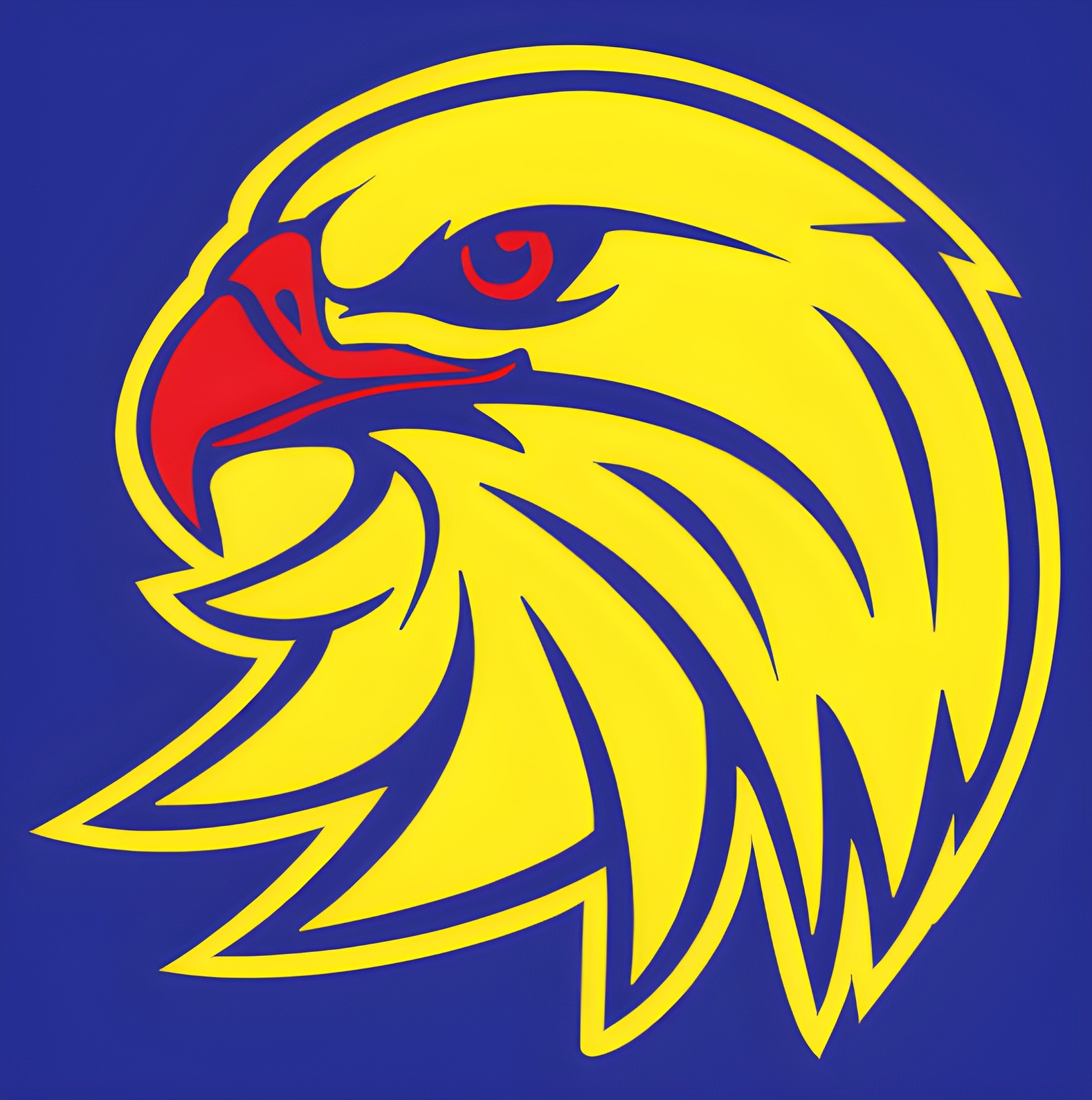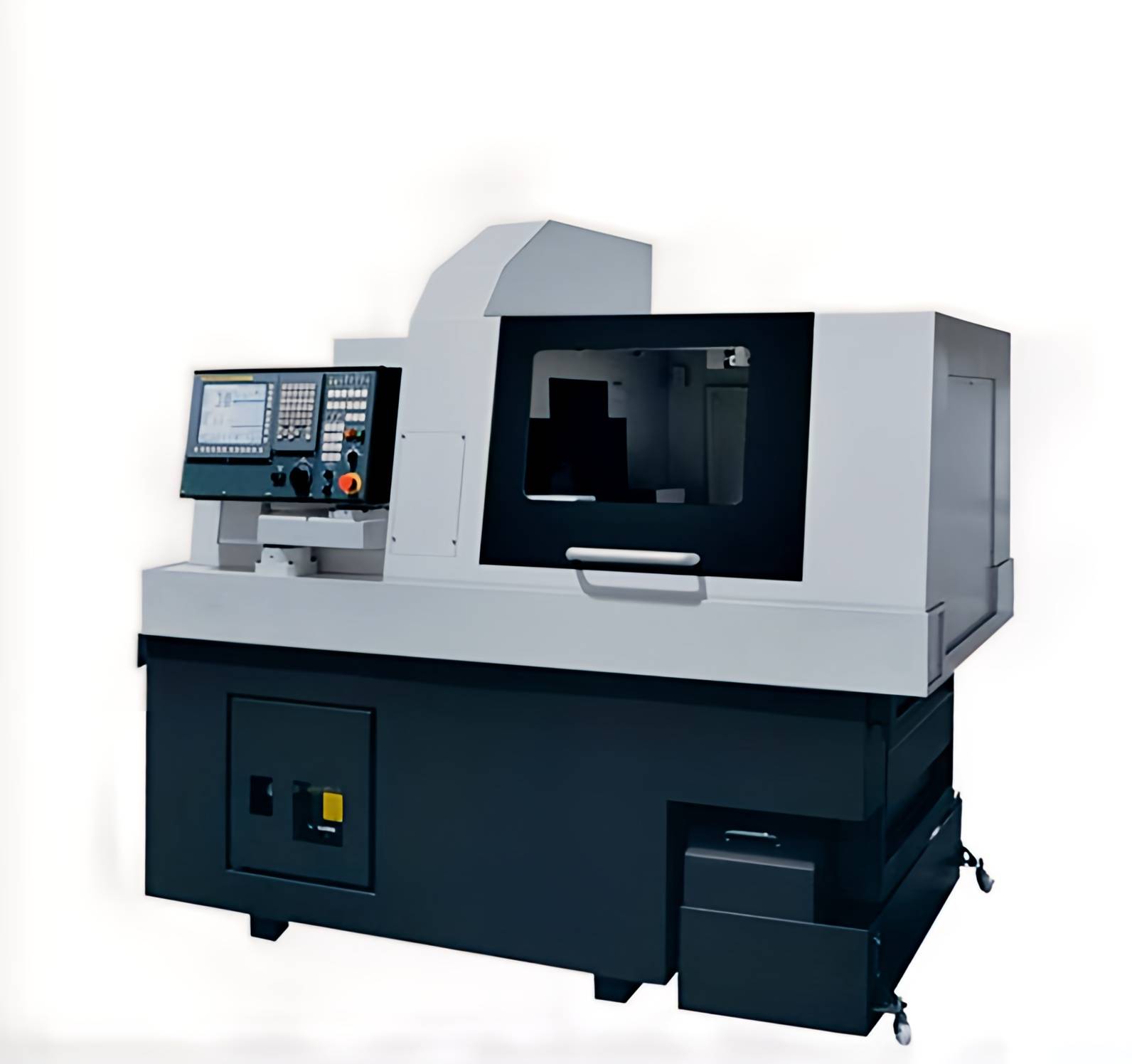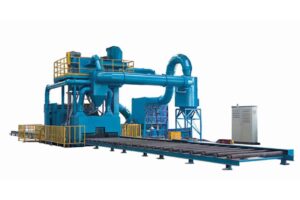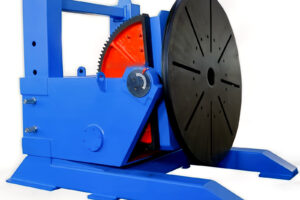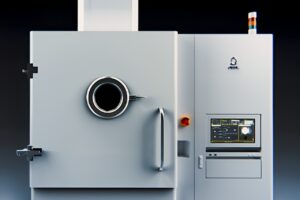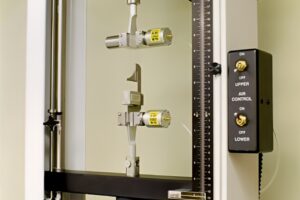Specifications of SWISS TURNING MACHINES
| Parameter | Typical Specification |
| Machine Type | CNC Swiss Turning Machine (Swiss Lathe) |
| Axis Configuration | Multi-axis (typically 5–7 axes) |
| Main Spindle Speed | 2000 – 5000 RPM (depending on machine and tool) |
| Max Turning Length | 100 mm – 300 mm (depends on the model and workpiece length) |
| Max Workpiece Diameter | 10 mm – 65 mm (can vary depending on machine size and type of Swiss lathe) |
| CNC Controller | Siemens, Fanuc, or proprietary control systems |
| Main Spindle Motor Power | 2.2 kW – 15 kW (depending on model and application) |
| Bar Feeding Capacity | 3 mm – 25 mm (some machines can handle bar stock with diameters up to 50 mm) |
| Max Bar Length | 1000 mm – 3000 mm (depending on machine model) |
| Number of Tools | 6 – 12 tools (including rotary tools, driven tools, and standard turning tools) |
| Accuracy (Tolerance) | ±0.001 mm – ±0.005 mm (very high precision for complex geometries) |
| Machine Dimensions | 1,500 mm × 1,500 mm to 3,000 mm × 2,000 mm (depends on the machine size) |
| Weight | 2,000 kg – 10,000 kg (depending on machine size and complexity) |
